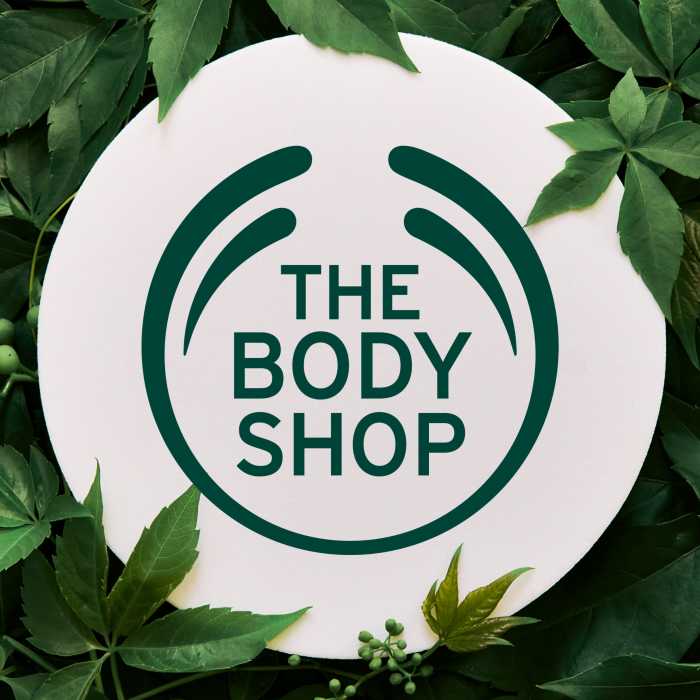"Sometimes, brands don’t fail by misstepping. Sometimes they fail by standing still”
If you grew up in the nineties or early noughties, The Body Shop was a rite of passage. The smell of White Musk would draw you in from the high street. Walls were stacked with Body Butters in rainbow rows. Testers were there to be played with, with no judgement or hovering sales assistants to hurry you along. You could stay, explore, sample, and chat. It wasn’t just shopping; it was discovery. You weren’t just a customer — you were a welcome guest.
In a line of functional but forgettable cosmetics stores, The Body Shop offered something warmer, more welcoming, more human. It’s no surprise The Body Shop became an unforgettable brand — it was distinctive, it was entertaining, it was visible. It had a soul.
But today, that magic feels like a distant memory.
Losing Touch with a Changing World
After the death of founder Anita Roddick, something quietly but fundamentally shifted. Without her fierce activism and visionary leadership, the brand’s mission blurred. Competitors, meanwhile, moved quickly. New brands entered the market with sharper propositions: skincare driven by science, transparency, and potent results. The beauty conversation moved from indulgence to efficacy. Consumers wanted actives like retinol and niacinamide, and interest waned in natural ingredients like shea butter and fruit extracts.
The Body Shop, once a pioneer, suddenly felt... quaint. Comfortable, but not compelling.
The brand that had once stood for ethical innovation became, ironically, stuck.
The Digital Disconnect
Perhaps the biggest warning sign was how The Body Shop mishandled its move online.
The in-store experience — sensory, personal, interactive — was never translated into the digital world. Shopping on their website felt indistinct to shopping on any bog standard website. Standard product listings. Sparse storytelling. Few opportunities to explore, learn, or play. No personalised consultations. No digital equivalent of the staff member who could read your skin like a map and point you to your perfect match.
Other brands recognised that beauty buying had become a digital-first experience and adapted accordingly. Many launched with digital-only experiences and earned listings in retailers after exploding through social. They created virtual consultations, interactive quizzes, and lively online communities. They understood that in a digital world, content isn’t just marketing — it’s service.
The Body Shop, meanwhile, seemed to treat their website as a necessary tick-box rather than an extension of their brand experience.
In doing so, they lost a crucial piece of their distinctiveness and the emotional connection that once made them unforgettable.
Missing the Rise of the Influencer
At the same time, the way beauty brands connected with consumers was evolving fast. Content creators and influencers were rewriting the rules. A single YouTube skincare routine or TikTok ‘holy grail’ moment could launch an unknown brand into cult status overnight.
But The Body Shop largely missed the boat. While newer brands like Glossier, The Ordinary, and Drunk Elephant collaborated with creators to tell rich, authentic stories, The Body Shop remained cautious and corporate, betraying the very brand identity that had once made them unforgettable, and further eroding their distinctiveness. Their digital voice stayed rooted in the old world of top-down brand messaging, instead of embracing the new world of peer-to-peer influence.
The irony? The Body Shop had all the raw ingredients to thrive in an influencer-driven world: authenticity, community values, a strong ethical stance. But they failed to empower modern storytellers to champion their cause and so they lost relevance with the audiences who could have reignited their fame.
A Slow Decline, Not a Sudden Fall
The Body Shop didn’t implode overnight — they're still clinging on today, albeit with fewer and fewer stores. It wasn’t a dramatic collapse; it was a slow erosion. Year after year, the brand became a little less visible, a little less exciting, a little less present in our minds.
They didn’t commit the sin of doing something wrong — they committed the quieter, more dangerous sin of not doing enough.
While competitors created excitement through constant innovation — new products, fresh formats, bold communications — The Body Shop stayed stuck, repeating the same formulas while the market moved on.
They stayed the same, while the world changed.
What Modern Brands Can Learn
The Body Shop’s story is a powerful reminder that awareness isn’t enough.
A brand can be well-known without being mentally available. It can be recognised without being relevant.
Unforgettable brands don’t just stand out once; they keep standing out, again and again, adapting their distinctiveness to new contexts, new channels, and new behaviours — without losing their soul.
The Body Shop teaches us that being unforgettable requires:
- Consistency, but also evolution.
- Visibility, but also resonance.
- Distinctiveness, but also relevance.
Today’s brands must ask themselves: are we staying true to who we are, while still evolving fast enough to matter?
Because in the end, the market never stands still — and neither can we.


